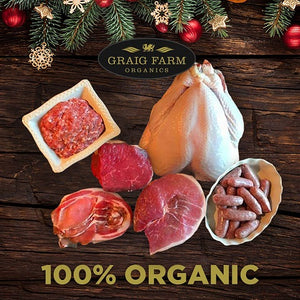What are GMOs?

GMOs have caused controversy since they entered the mainstream in the mid-1990s. But what are GMOs and should we be concerned about their widespread use?
Genetically modified organisms are animals, plants or microorganisms like bacteria that have had their genes altered to modify their characteristics. Introducing new characteristics to an organism can enhance it in some way.
For example, crops like corn and soy have been engineered to increase their tolerance of pesticides, harsh weather conditions and viruses. Although GMO crops aim to help farmers increase their yields and produce food at a lower cost, they remain a divisive issue.
What are the downsides of GMOs?
Increased pesticide use
Herbicide-tolerant crops allow farmers to treat weeds with chemicals without harming the crops. Many crops are engineered to withstand glyphosate, a potent chemical used in weed killers.
Growing GM crops has caused "super weeds” to emerge, because certain weeds have built up a resistance to herbicides over time. When this happens, the weeds require more treatment to be kept at bay. This means more pesticides are used and more toxic chemicals are released into the environment.
Loss of biodiversity
The widespread use of pesticides on GM crops can be detrimental to surrounding wildlife. Insect pollinators like bees and butterflies are affected by these chemicals and their declining populations have been linked to pesticide use. Biodiversity is crucial for sustainable farming and the fate of important wildlife hangs in the balance because of intensive agriculture.
Unknown health effects
Another disadvantage of GM foods is that we simply don’t know the long term health effects of consuming them. Many people are concerned about whether GM foods are contributing to antibiotic resistance in humans and the fact that glyphosate can cause cancer in rats and mice.
No GMOs in organic farming
If you want to avoid GMOs, choosing organic foods is the best way to do this. GMOs are strictly banned in organic farming and at least 95% of animal feed must be grown to organic standards.
Find out more great benefits of organic food.
- Tags: FAQs
- Graig Farm





